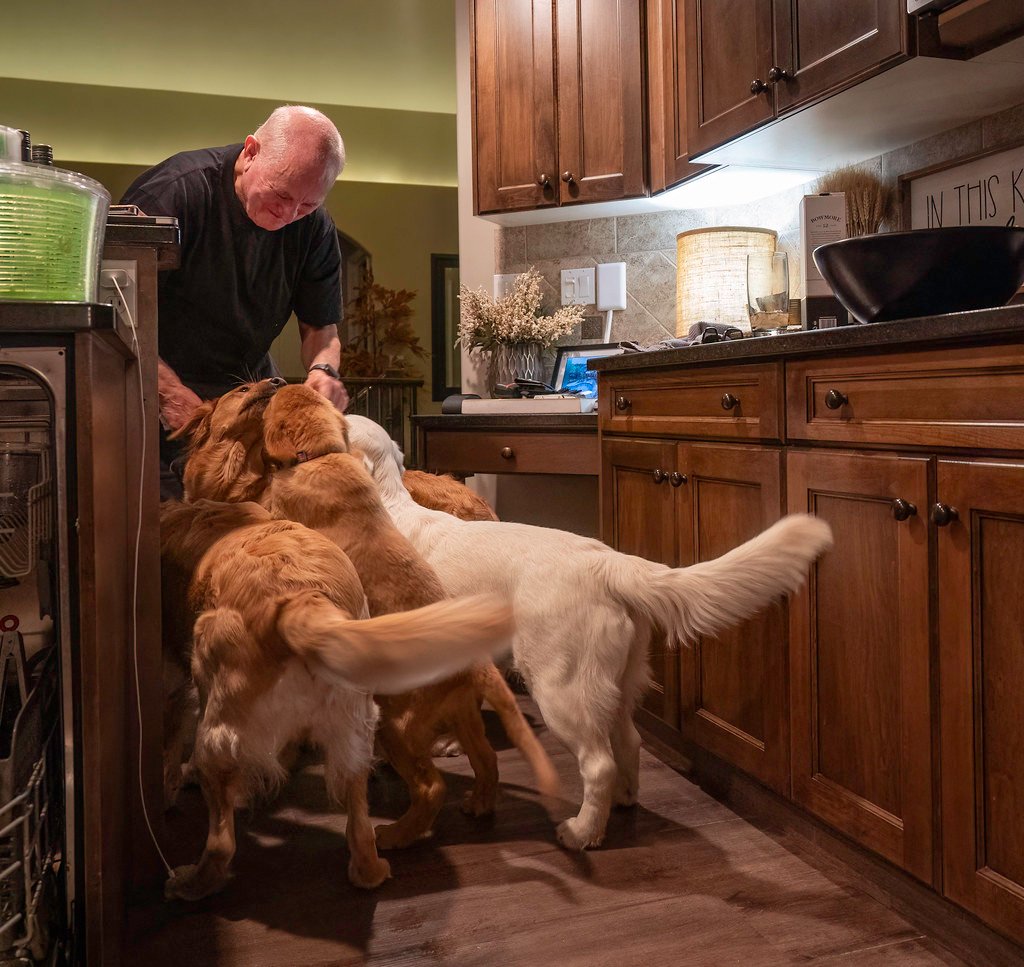Have you ever walked into a friend’s house and been instantly greeted by a wiggly, tail-thumping pup? Or maybe you’ve met a dog who’d rather keep an eye on you from across the room, sizing you up before daring a sniff. Dogs, much like people, have their own unique social styles. Some are natural social butterflies, greeting everyone like a long-lost pal. Others are more cautious, sticking close to their inner circle and taking their sweet time to warm up. If you’ve ever wondered why your dog can’t get enough of new faces—or why they’d rather not—let’s explore the breeds who thrive on human connection and those who prefer a bit more personal space.
Labrador Retriever: The Ultimate Socialite
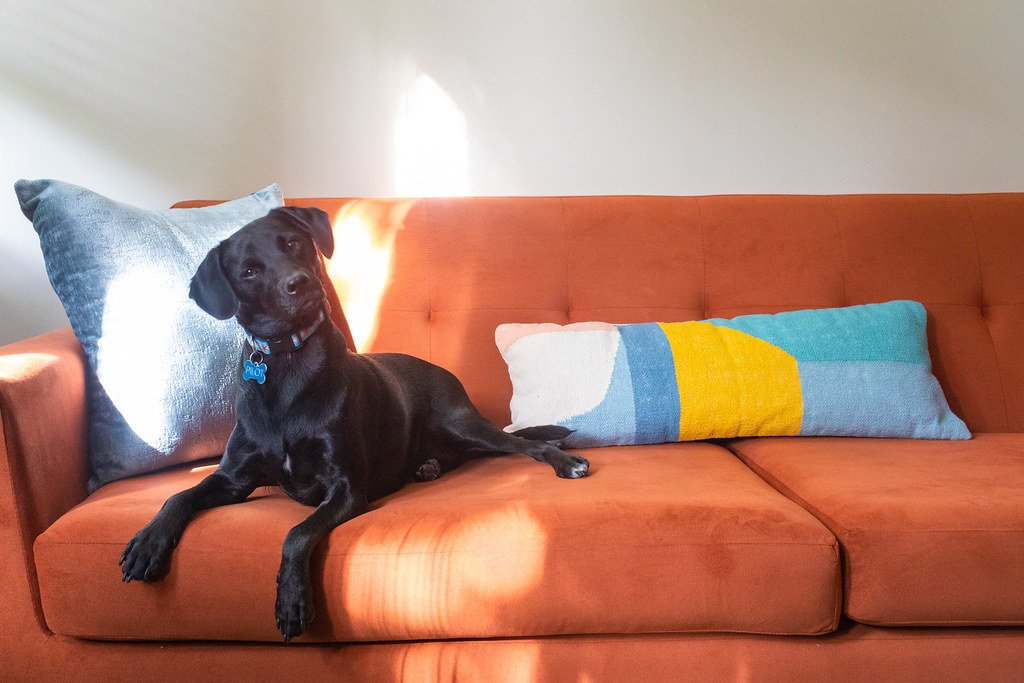
Labrador Retrievers are famous for their “everyone’s a friend” attitude. Whether it’s a new neighbor or a delivery driver, Labs often wag their way right into people’s hearts without hesitation. Their open, eager-to-please nature makes them a top pick for families, therapy work, and anyone craving a friendly companion.
You’ll spot a happy Lab by their loose, wiggly bodies and a tail that seems to have a mind of its own. They’re likely to approach with a soft mouth and gentle eyes, making it easy for even nervous guests to feel comfortable. Just watch out—they may try to climb into your lap, no matter how big they get!
Golden Retriever: The Welcoming Committee
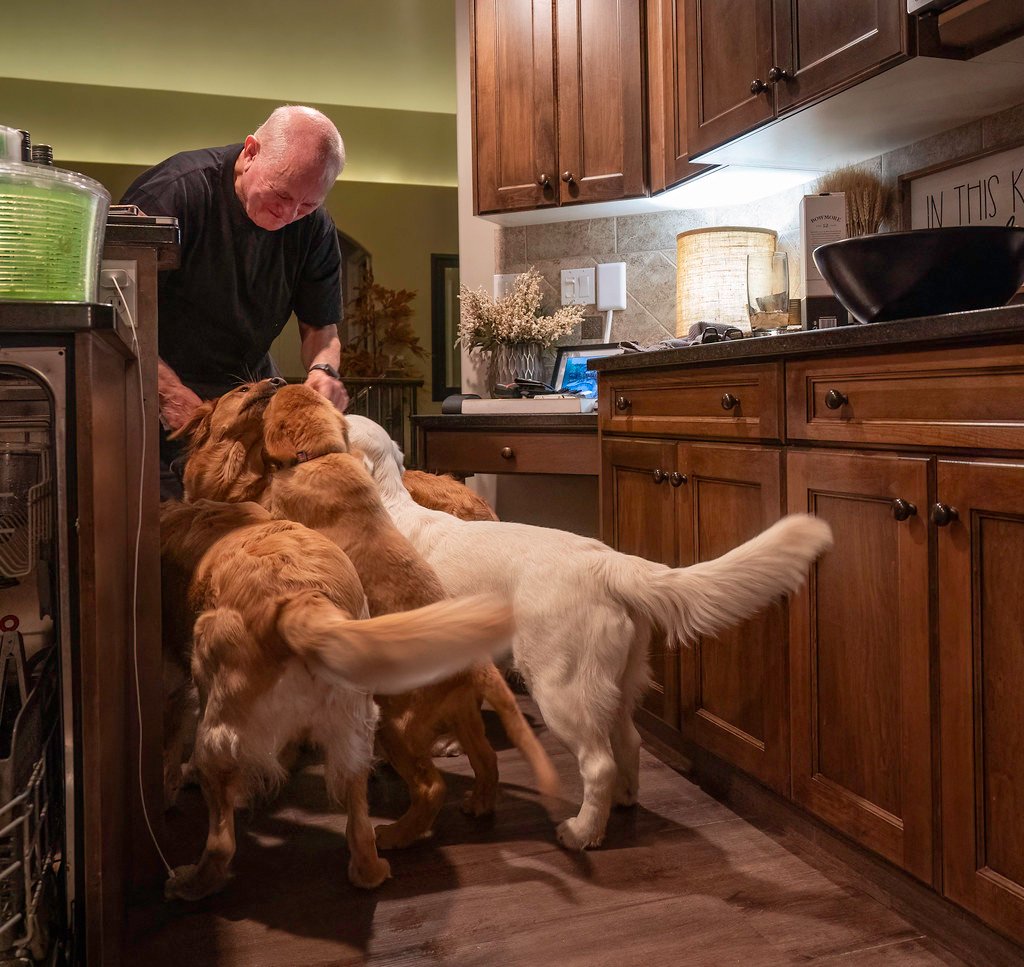
Golden Retrievers are like the warm hug of the dog world. They’re naturally trusting and rarely meet a stranger they don’t want to smother with affection. Their patience, gentle mouths, and unwavering cheer make them wonderful for households with lots of visitors.
In social situations, Goldens will often lean into new people, nuzzle for pets, and offer soft, playful nudges. If your Golden is especially excited, you might see the classic “full-body wiggle”—a sure sign they’re in their happy place.
Boxer: The Life of the Party

Boxers are goofy, energetic, and downright hard to ignore. They greet newcomers with enthusiasm, often bouncing around with an infectious joy that’s impossible not to smile at. Their expressive faces and joyful antics make them instant favorites at gatherings.
These dogs show affection with exuberant play and close physical contact. Don’t be surprised if a Boxer tries to sit on your feet or snuggle right up to your side, especially if you’re new. They thrive on positive attention and are happiest when surrounded by people.
Cavalier King Charles Spaniel: The Gentle Greeter
Cavaliers are small in size but huge in heart. They adore meeting new people and will typically trot over with a wag and soft eyes, hoping for a gentle scratch behind the ears. Their easy-going temperament makes them excellent companions for seniors, kids, and everyone in between.
In new social settings, Cavaliers might offer a polite paw or quietly settle next to a guest, soaking up affection. They rarely shy away from attention and often intuitively sense when someone needs comfort or company.
Poodle: The Socially Savvy Genius
Poodles—whether toy, miniature, or standard—are known for their intelligence and adaptability. They tend to warm up quickly to new people, sensing social cues and responding with friendly, well-mannered greetings. Their curiosity often leads them to investigate newcomers with a gentle sniff and a wag.
Poodles are also highly trainable, so they usually pick up on house rules fast. In a crowd, you’ll notice them mingling comfortably, often seeking out anyone who looks like they’d enjoy a quick snuggle or a game of fetch.
Staffordshire Bull Terrier: The People-Lover
Despite common misconceptions, Staffies are among the most affectionate, people-oriented dogs around. They crave human interaction and will eagerly greet visitors with joyous enthusiasm, often wiggling their sturdy bodies and offering big, goofy grins.
When meeting someone new, a Staffy might gently nuzzle or jump up for a hug (training helps channel this excitement). They’re happiest when included in family activities and make loyal, loving companions for those who enjoy an outgoing dog.
Siberian Husky: The Outgoing Adventurer
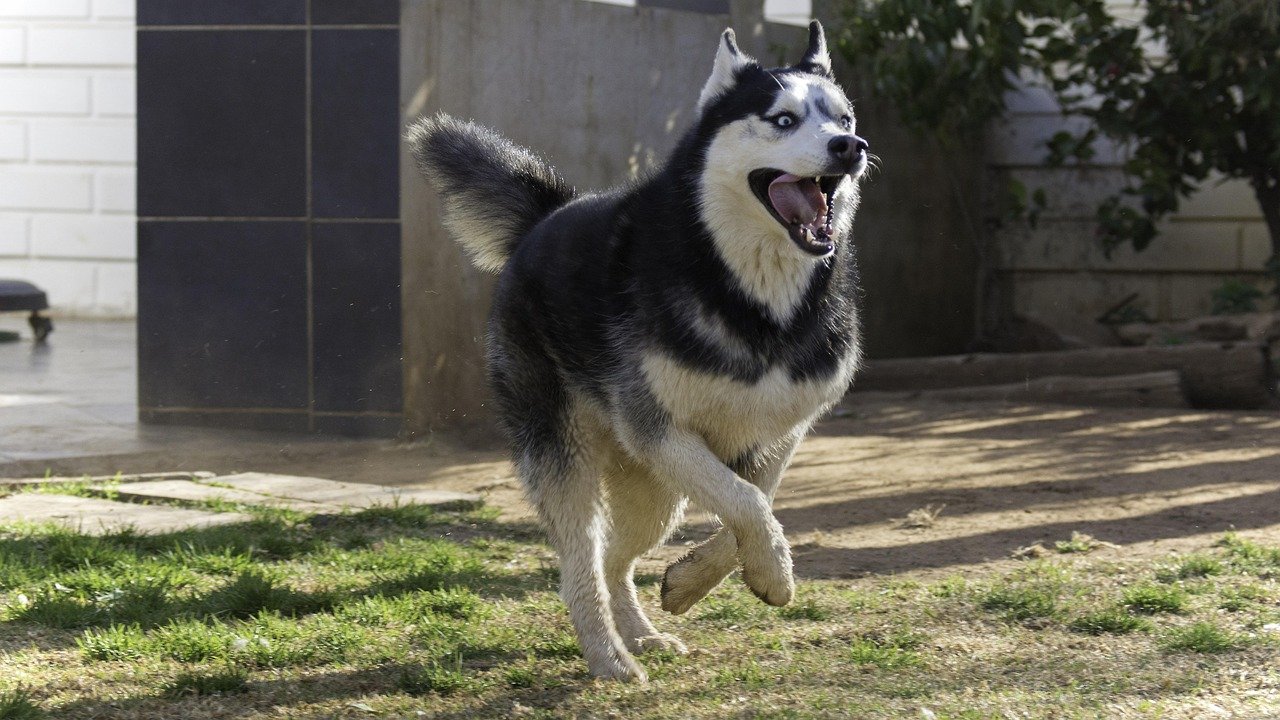
Huskies are natural extroverts, often welcoming strangers with howls, barks, or playful antics. Their independent nature doesn’t stop them from enjoying new company—they simply like to be where the action is. Huskies may approach new people with curious sniffs and an open, playful stance.
Their love for people is matched only by their need for activity. Bring a Husky into a bustling home, and you’ll likely have a four-legged friend eager to make every guest feel like part of the pack.
Beagle: The Friendly Nose
Beagles tend to approach life, and new people, with a sunny disposition. Their nose might lead the way, but their wagging tails and eager expressions show just how much they enjoy socializing. Beagles are curious and rarely shy, making them welcoming to visitors of all ages.
A Beagle will often greet a stranger with a sniff and a playful bounce, looking for treats or attention. Their vocal nature means you might get a few happy barks, but it’s all part of their charm.
Shiba Inu: The Reserved Observer

Shiba Inus are known for their independence and cautious approach to new people. Rather than rush over, they are likely to hang back, watch, and assess the situation. This reserved nature is part of their ancient lineage and reflects a deep-rooted self-confidence.
If a Shiba does approach, it’s usually gentle and on their own terms. Pushing them to interact can backfire, so patience is key. Over time, their loyalty and affection shine through, but don’t expect instant friendship.
Chow Chow: The Dignified Guardian
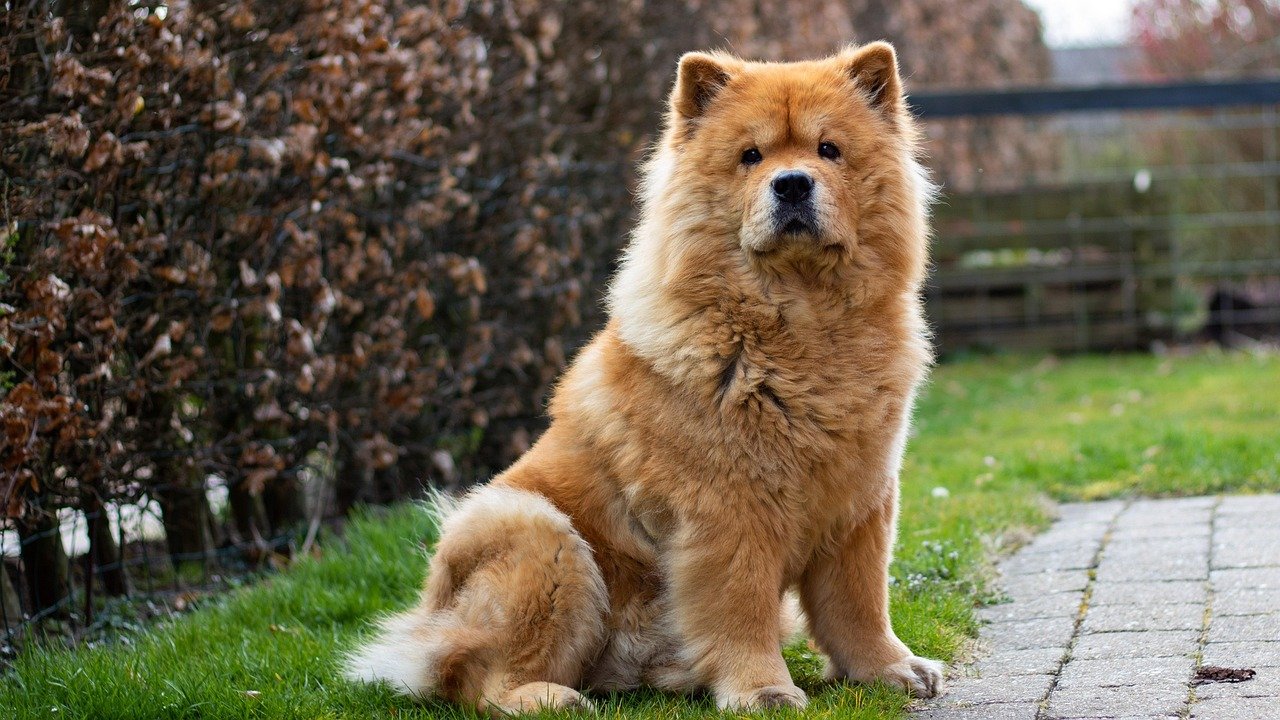
Chow Chows are often described as cat-like in their social habits. They tend to be aloof, sticking close to their family and showing little interest in strangers. Their thick coats and serious expressions add to their air of mystery.
When new people enter the home, a Chow may simply watch from a distance, occasionally moving to position themselves protectively between their family and the guest. This breed needs slow, positive introductions to feel comfortable around newcomers.
Akita: The Cautious Protector

Akitas are deeply loyal and protective of their families, often viewing strangers with suspicion. They’re not aggressive by nature, but their reserved demeanor means they’re slow to trust. Akitas prefer to observe before engaging, and may ignore guests entirely until they feel safe.
Signs of stress in Akitas can include stiff posture and a fixed gaze. It’s crucial to allow them space and let interactions unfold at their pace. With respectful handling, they often form strong, lasting bonds.
Basenji: The Quiet Watcher
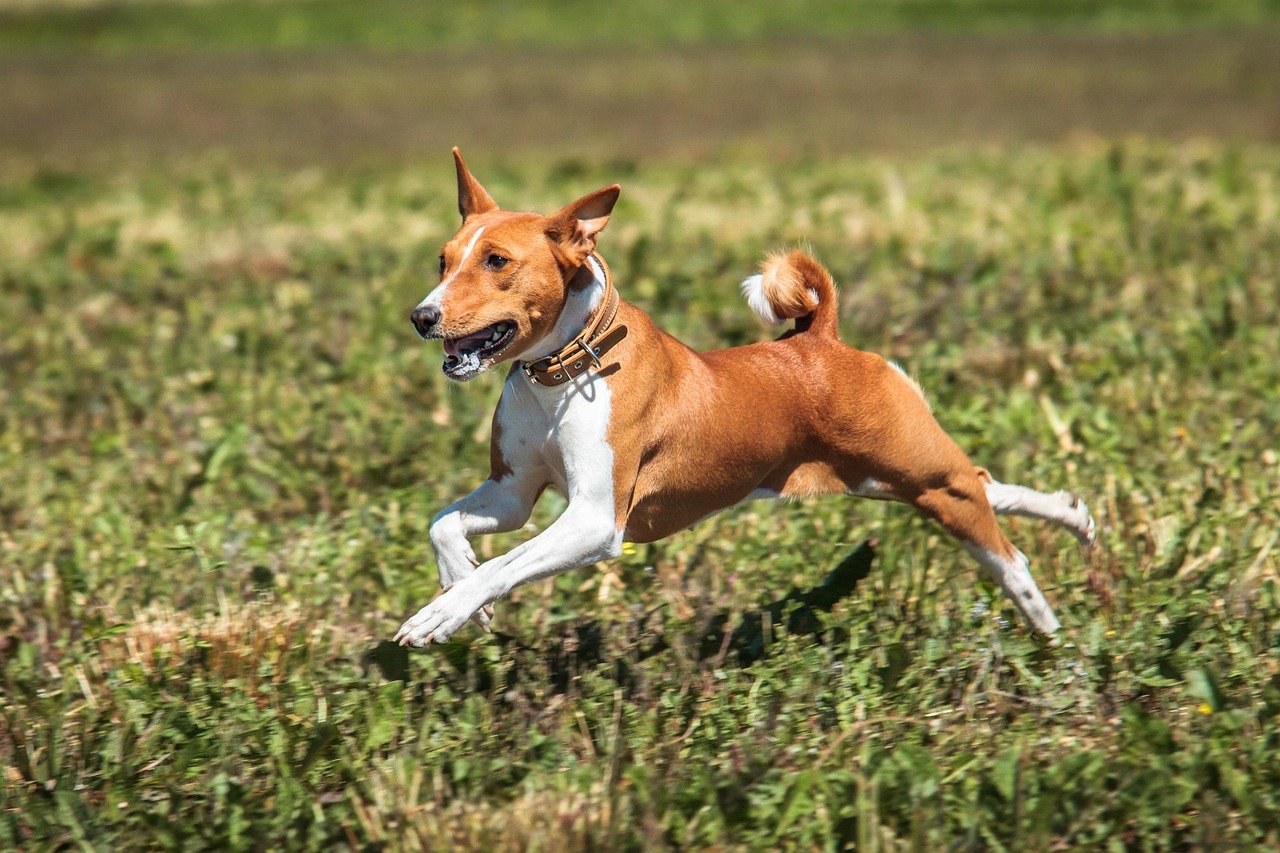
Basenjis are intelligent and independent, sometimes seeming aloof with new people. They’re unlikely to greet guests with exuberance, preferring to watch quietly from a safe spot. This “silent hound” behavior stems from their hunting roots, where caution was essential.
If a Basenji chooses to approach, it’s a sign of trust. They may accept gentle pets but rarely demand attention. Building confidence through positive experiences is key to helping them feel at ease in social situations.
Shar Pei: The Thoughtful Introvert
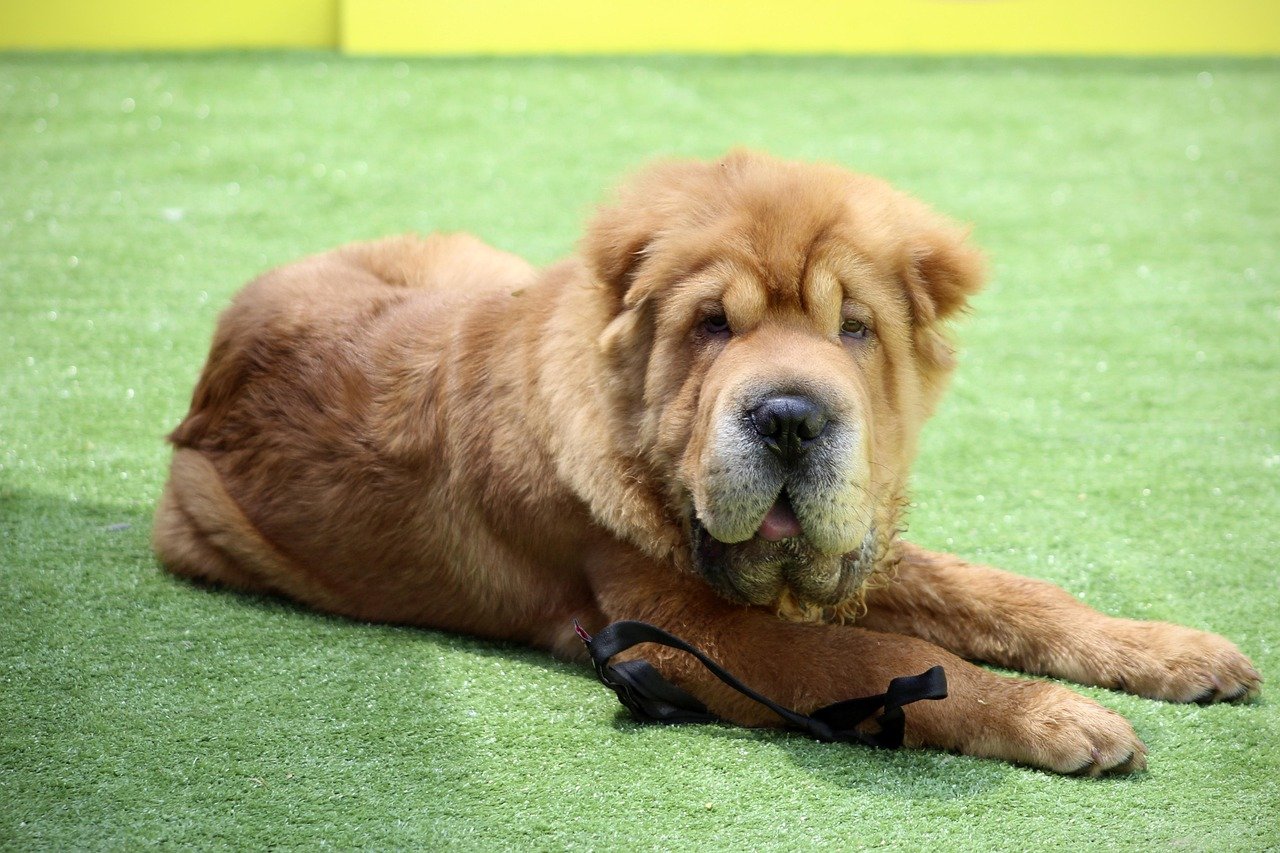
Shar Peis are known for their deep wrinkles and even deeper sense of caution. With new people, they often keep their distance, calmly assessing each situation before deciding to engage. Their loyalty to family is unmatched, but it takes time for them to extend that trust to outsiders.
Common cues of discomfort include backing away or turning their head. Forcing interaction can increase anxiety, so respecting their boundaries is essential. Over time, consistent kindness helps Shar Peis blossom into devoted, affectionate friends.
Jen is a passionate nature lover and ocean conservationist. She has dedicated her life to protecting the environment and preserving the beauty of the natural world. Growing up in a small coastal town, Jen sincerely appreciated the ocean and its inhabitants. She has spent countless hours exploring the shoreline, learning about the creatures that inhabit the waters, and advocating for their protection. Jen is an active member of ocean conservation organizations, and she is committed to educating the public about the importance of conserving wildlife and the natural environment.

